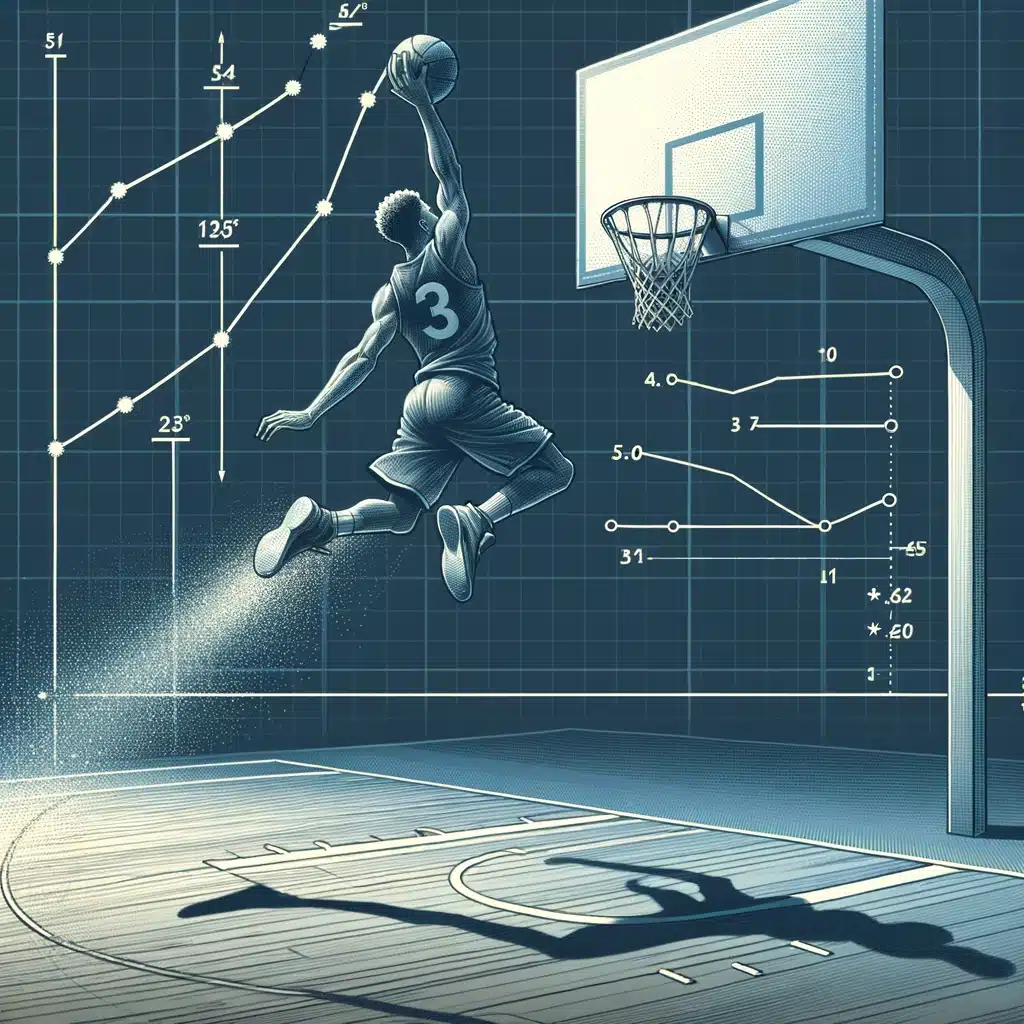How can zero velocity be determined using height and distance?
Exploring Zero Velocity with LambdaGeeks: Zero velocity refers to the state where an object remains at rest, with no change in its position over time. It is possible to determine zero velocity by considering the concepts of height and distance. By analyzing the height and distance covered by an object, we can ascertain whether it is in a state of zero velocity or not. For a detailed understanding of zero velocity and its implications, check out the article on Exploring Zero Velocity with LambdaGeeks.
How to Find Velocity with Height and Distance
velocity is a fundamental concept in physics that describes the rate at which an object changes its position. It is defined as the displacement per unit time. Understanding how to find velocity with height and distance is crucial for gaining insight into the behavior of moving objects. In this article, we will dive into the calculations and equations involved in determining velocity based on height and distance.

Understanding the Concept of Velocity
Before we delve into the specifics of finding velocity with height and distance, let’s first have a clear understanding of what velocity represents. velocity is a vector quantity, meaning it has both magnitude and direction. It can be thought of as the speed of an object in a given direction. For example, if a car is traveling at 60 miles per hour due north, the velocity of the car is 60 mph in the north direction.
The Role of Height and Distance in Determining Velocity
Both height and distance play significant roles in determining the velocity of an object. height refers to the vertical position of an object, while distance refers to the overall length of the path traveled by the object. By incorporating height and distance into the calculation of velocity, we can gain a deeper understanding of an object‘s motion.
The Mathematical Relationship between Velocity, Height, and Distance
To calculate velocity with height and distance, we can utilize the fundamental equation of velocity:
![]()
This equation represents the ratio of the distance traveled by an object to the time taken to travel that distance. By rearranging this equation, we can solve for any of the three variables: velocity, distance, or time.

Let’s take a look at an example to illustrate this relationship. Suppose a ball is thrown vertically upwards with an initial velocity of 20 m/s. The ball reaches a maximum height of 30 meters before falling back down. We can use the equation above to calculate the time it takes for the ball to reach its maximum height:
![]()
Plugging in the values, we have:
![]()
Simplifying the equation gives us:
![]()
So, it takes the ball 1.5 seconds to reach its maximum height. Now, if we want to find the velocity of the ball when it reaches the ground, we can use the same equation:
![]()
Since the distance is equal to the height of the ball (30 meters) and the time is the total time it takes for the ball to reach its maximum height and fall back down (3 seconds), we have:
![]()
Simplifying the equation gives us:
![]()
Therefore, the velocity of the ball when it reaches the ground is 10 m/s.
By understanding and applying the mathematical relationship between velocity, height, and distance, we can accurately calculate the velocity of an object in various scenarios. Whether it’s a projectile launched at an angle, an object in free fall, or any other motion, incorporating height and distance into our calculations gives us a comprehensive understanding of the object‘s behavior.
Now that we’ve covered the fundamentals of finding velocity with height and distance, let’s move on to more specific calculations and examples in the following sections.
Also Read:
- How to find final velocity
- How to find final velocity without acceleration
- How to find acceleration with a constant velocity
- How to find tangential velocity
- How to find acceleration with velocity and distance
- How to find horizontal velocity of a projectile
- How to find frequency of transverse wave
- How to find average velocity on a acceleration time graph
- How to find velocity with acceleration and mass
- How to find time with acceleration and distance
I am Keerthi K Murthy, I have completed post graduation in Physics, with the specialization in the field of solid state physics. I have always consider physics as a fundamental subject which is connected to our daily life. Being a science student I enjoy exploring new things in physics. As a writer my goal is to reach the readers with the simplified manner through my articles.